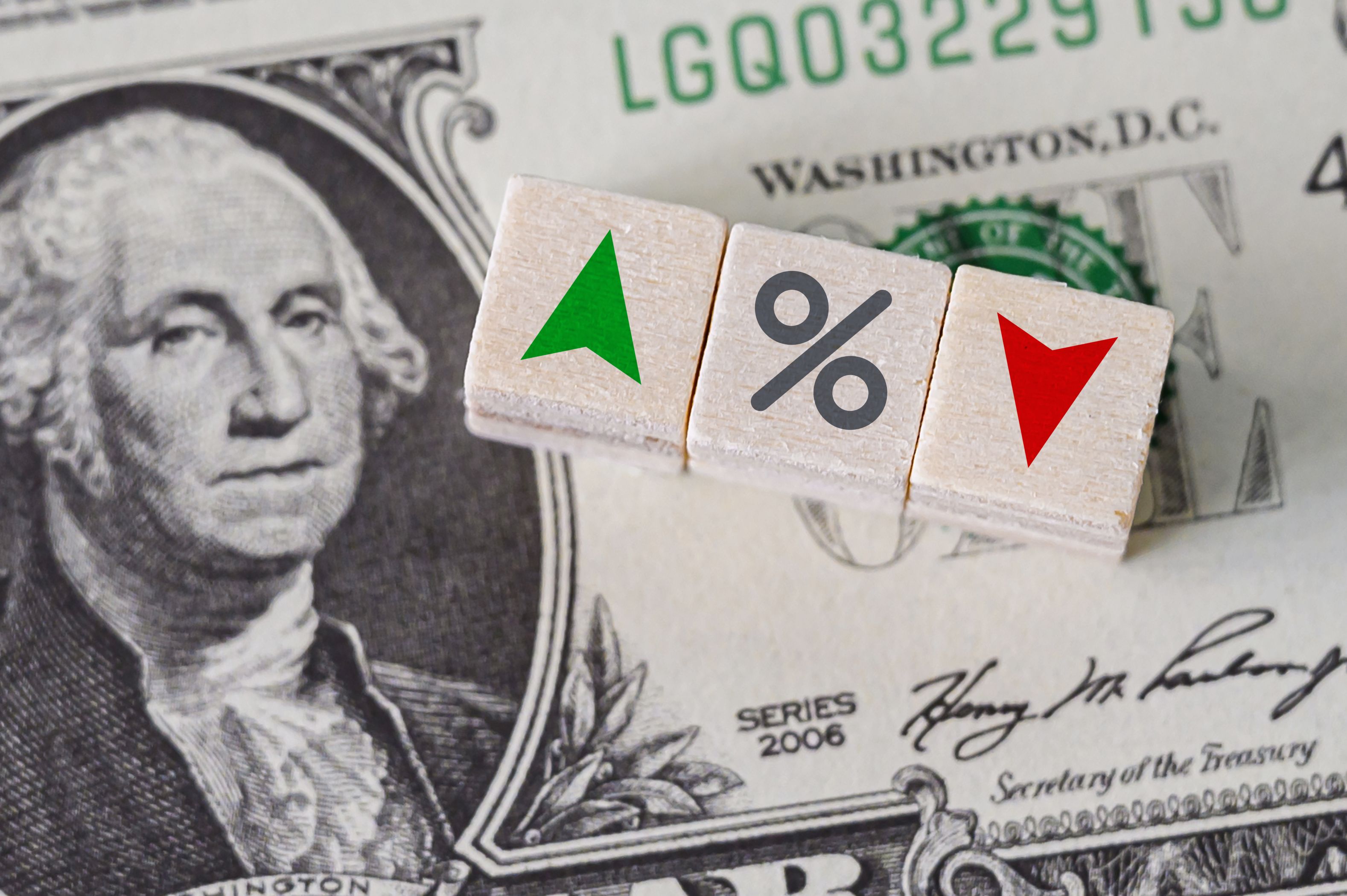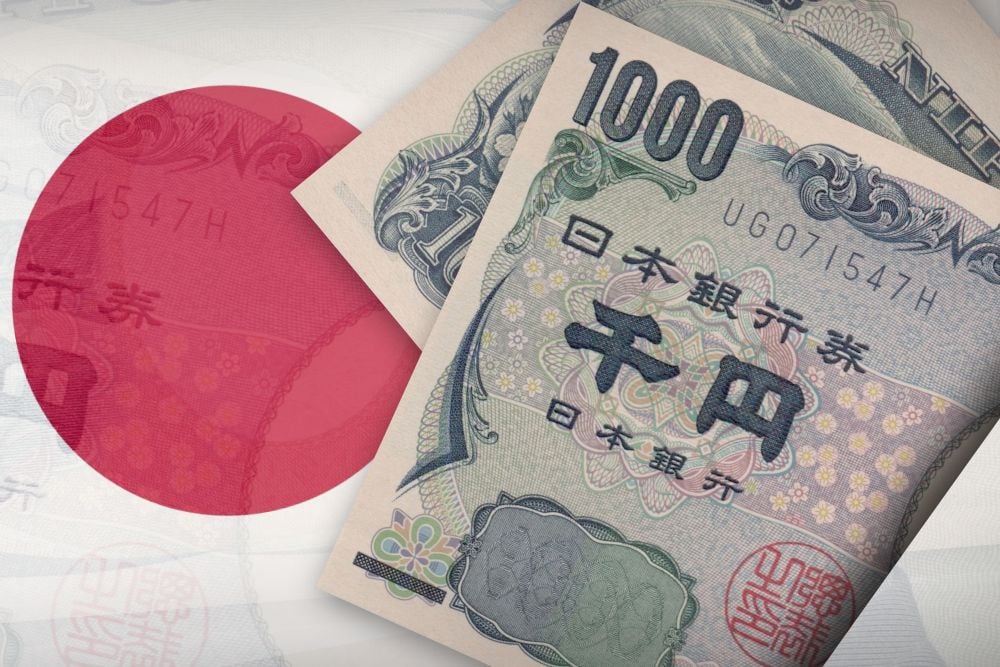 |
|
The US-led global equities rally is now well into its sixth year. Understandably, the key question on the mind of investors is how much longer this record-setting rally will last.
One can understand the jittery nerves as the bull market matures. Every blip sends investors darting to study past patterns of stock market behaviour and examining arcane economic data to make sure they are not missing anything.
One topic that has emerged from the latest bout of soul-searching following the market wobble in early August is the so-called `September' syndrome. September has traditionally been a not-so-friendly month for global equity investors. In fact, since 1970, it has on average been the worst performing month for the S&P 500 Index, a benchmark for US and global stocks. As many as 23 out of the 44 Septembers during that period have generated negative returns for the US benchmark -although that is only marginally worse than flipping a coin.
There are at least two `technical' reasons and one overarching fundamental reason why this September could be different and why we believe the ongoing bull market has further to run.
Let's first look at the `technical' arguments. The global stock market is recovering from a 5% drop suffered in early August. Rarely have such declines been quickly followed by another pullback. The S&P 500 Index's chart mapping the bull run of the past five years bears this out.
The index has more than doubled since hitting a 22-year low in March 2009. Over that period, it has suffered drawdowns from time to time, but none which has lasted more than a few weeks. The maximum pullback during the past three years has been 10%. The index has climbed new highs after every such decline, a phenomenon which repeated itself in August when the index recovered to set a new record. Based on this pattern, the next pullback is likely a few months away.
The other `technical' reason why this September could spare equity investors another drawdown is the cash at hand at global fund management firms. A recent survey showed that global fund managers increased their cash holdings to the highest level since June 2012 as they became more concerned about geopolitical risks emerging from Ukraine and the Middle East and from the economic slowdown in Europe.
What this means, though, is that fund managers are increasingly under pressure to deploy this retained cash back into the equity markets as the market rebounds or risk their portfolios underperforming the benchmark. This points to a `melt-up' scenario for global equity markets in the coming weeks as the cash is re-invested into equities.
These `technical' reasons are backed by an overarching fundamental motive justifying further gains in equity markets i.e. globally, accommodative monetary policy is here to stay for a while, lowering corporate borrowing costs and making returns from equities more attractive than bond yields.
This was the unmistakable message from the annual assembly of the world's most powerful central bankers at Jackson Hole, the US mountain retreat. The only central banker who sounded mildly hawkish compared with past rhetoric was US Federal Reserve chair Janet Yellen. However, even Yellen took pains to point to the substantial slack in the US job market, reflected in weak wage growth and sub-par inflation. While acknowledging the progress made in job creation since the financial crisis, Yellen sought to assuage investors that policy needs to remain accommodative for some more time.
This is the `Goldilocks' scenario of steady economic growth accompanied by tame inflation which has fuelled the US bull market of the past five years. Yellen gave investors the `good' reason why this rally has legs - continued underlying economic growth and low borrowing costs imply sustained rise in US corporate earnings. In the latest earnings season, S&P500 index companies reported a 9% rise in second-quarter profits, beating analyst forecasts by 5%.
The other central bankers at Jackson Hole, especially those from Europe and Japan, pointed to the need for further policy easing. This should cheer global equity investors.
European Central Bank president Mario Draghi, having already cut benchmark rates to record lows and announced a large-scale, low-cost lending programme, provided the strongest hint yet that the worsening deflationary pressures are making broad-based, asset purchases (or quantitative easing) more likely. Euro area inflation is running at less than a quarter of the ECB's 2% target and unemployment remains stubbornly high. To add to the pressure, Europe's three largest economies slowed in the second quarter, with Germany, the region's bulwark so far, contracting.
Until now, German policymakers have been pushing back against quantitative easing (QE), worried about the unforeseen consequences of moving into such untested waters. Now, as the German economy weakens, the penny could drop.
QE should provide further ammunition to the three-year European bull market. Reduced borrowing costs were partly responsible for the 18% surge in earnings at European companies making up the Euro Stoxx 600 Index in the second quarter. The ECB's planned lending boost from September is set to reduce borrowing costs further for companies and consumers, driving corporate profits higher.
The euro's 5% decline against the US dollar since May is a bonus. Euro area companies, who typically derive half of their revenues from outside the region, get an earnings boost from a weaker euro. The region's exporters are already benefitting from the economic recovery in the US and Asia. The euro is likely to weaken further as record low bond yields in the Euro area (German 2-year bund yields turned negative in August) force investors to search for higher-yielding assets elsewhere.
The decline in bond yields across the developed markets, aided by a savings glut in Asia and highly accommodative central bank policies, makes US and European equities even more attractive. Of the two, European equities are trading at a substantial discount to US equities in terms of their earnings. Meanwhile, Asian stocks are trading at a discount to the developed markets.
Against this backdrop, the global equity bull market has enough fuel to keep running for at least a few more quarters. Occasional blips, like the one we saw in early August, offer investors chance to top up their equity portfolios with stocks in the US, Europe and Asia.
Steve Brice is the chief investment strategist, wealth management, at Standard Chartered








